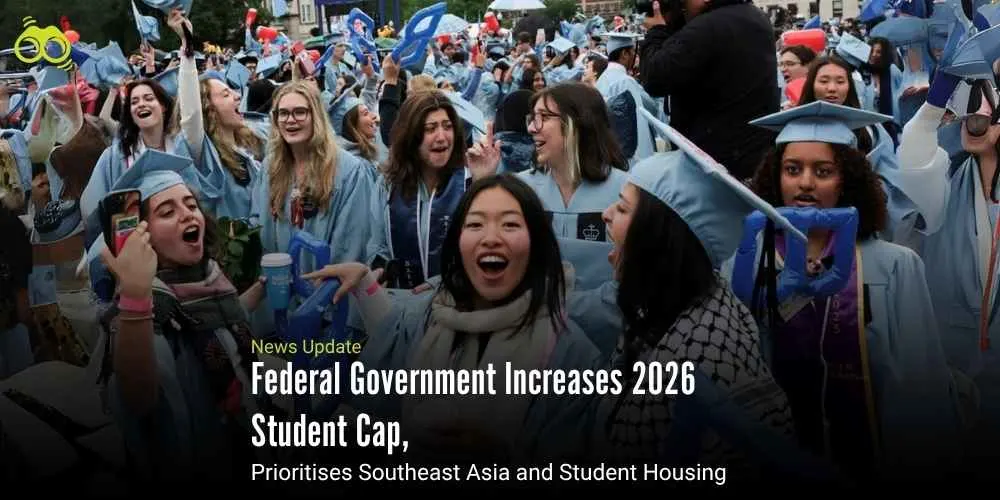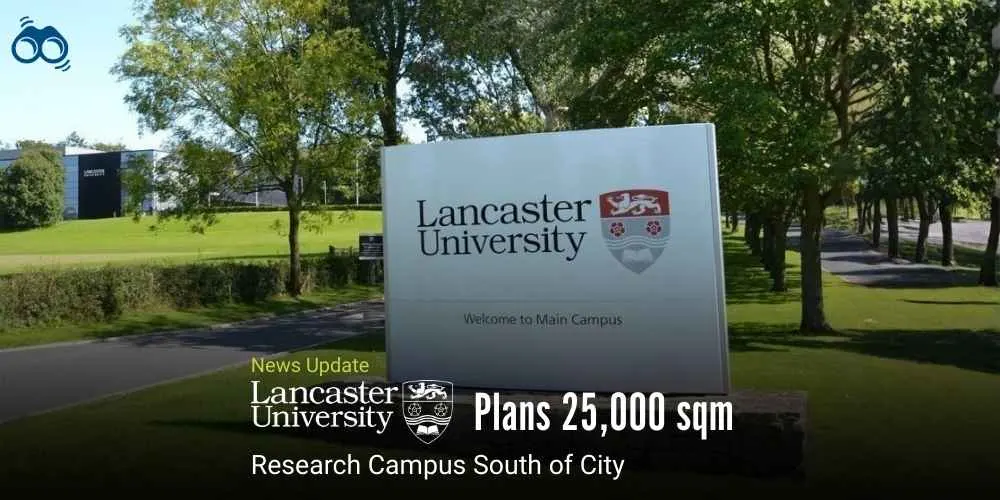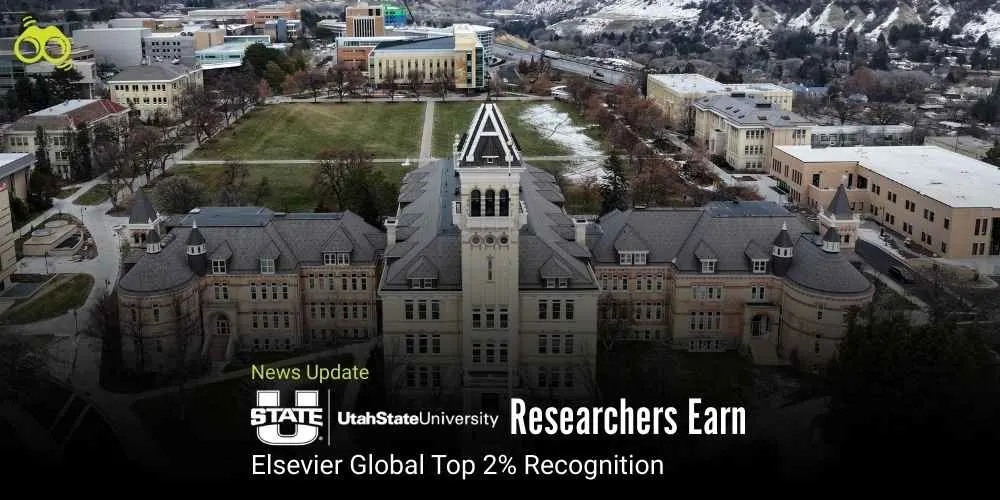Government Raises International Student Quota, Urges Regional Engagement and Accommodation Reform
Revised Student Intake Signals Calibrated Expansion in Australian Higher Education
In a move signalling cautious optimism for the international education sector, the Australian Government has announced a revised National Planning Level of 295,000 international student places for 2026, an increase of 25,000 over the 2025 intake. While this uplift reflects a commitment to sectoral recovery, the cap remains 8 per cent below the post-pandemic peak, indicating a measured approach to expansion.
Crucially, all currently active international education providers will retain at least their existing allocation for the coming year. Public universities will also have the opportunity to apply for additional places in 2026, provided they demonstrate alignment with key Government priorities. These include enhanced engagement with Southeast Asia, consistent with the Invested: Southeast Asia Economic Strategy to 2040, and tangible progress in offering safe and secure accommodation for both domestic and international students.
As part of the new planning framework, officials confirmed that Ministerial Direction 111, which governs visa processing, will be updated. Priority visa processing will continue for key student cohorts, including nationals from Pacific nations and Timor-Leste, as well as Australian Government scholarship recipients. Furthermore, from 2026, students transitioning from Australian secondary schools, pathway providers, or TAFE into publicly funded universities will be exempt from the national cap, supporting smoother academic progression within the domestic system.
Looking ahead, the proposed Australian Tertiary Education Commission is expected to oversee managed growth in the higher education sector from 2027, subject to legislative approval. In contrast, growth in the international vocational education and training (VET) sector will remain guided by ongoing visa processing reforms and strengthened integrity measures. Government representatives underscored that the framework was developed to balance growth with accountability, aiming to preserve Australia’s reputation as a top-tier global study destination while safeguarding the system’s sustainability.
Reacting to the announcement, Phil Honeywood, CEO of the International Education Association of Australia (IEAA), welcomed the overall increase in international student intake. However, he acknowledged that independent higher education providers may be disappointed by a modest 3% increase in allocations, especially when compared to the 9% rise granted to public universities. He also noted that although providers who overenrolled in 2025 would not face penalties, more restrictive measures were likely to be introduced in 2026 to prevent repeat occurrences.
Honeywood further highlighted constructive aspects of the framework, including provisions for public universities to secure additional places by demonstrating expanded accommodation and stronger student recruitment from Southeast Asia. He noted that discussions were ongoing regarding a possible reduction in student visa charges for ELICOS and non-award programmes. On balance, he described the package as one that carefully reflects stakeholder feedback while accommodating political and policy considerations around growth pacing.
In a separate statement, Universities Australia CEO Luke Sheehy welcomed the Government’s response to sectoral calls for growth. He characterised the plan as a sensible and stabilising measure, emphasising that international students contribute $52 billion annually to the Australian economy. Sheehy noted that international enrolments help address skills shortages, enhance cultural diversity, and financially sustain university operations. He affirmed the sector’s commitment to working with the Government to ensure that growth aligns with national priorities and preserves the integrity of Australia’s international education system.
Editor’s Note:
The Australian Government’s decision to raise the cap on international student enrolments to 295,000 in 2026 marks an important step for the country’s higher education sector. While this shows a renewed focus on international engagement, keeping the cap below pre-pandemic levels suggests a careful and controlled approach to growth. This move is especially important for public universities looking to attract more international students. The Government’s focus on building stronger ties with Southeast Asia and improving student accommodation reflects a shift towards a more responsible and student-focused education policy.
Skoobuzz notes that as Australia updates its international education strategy, institutions must adapt to these new expectations. This is not just about increasing numbers; it is about ensuring quality, safety, and meaningful partnerships. Universities are being asked to support national goals and play a key role in shaping Australia’s future in global education.














0 Comments (Please Login To Continue)